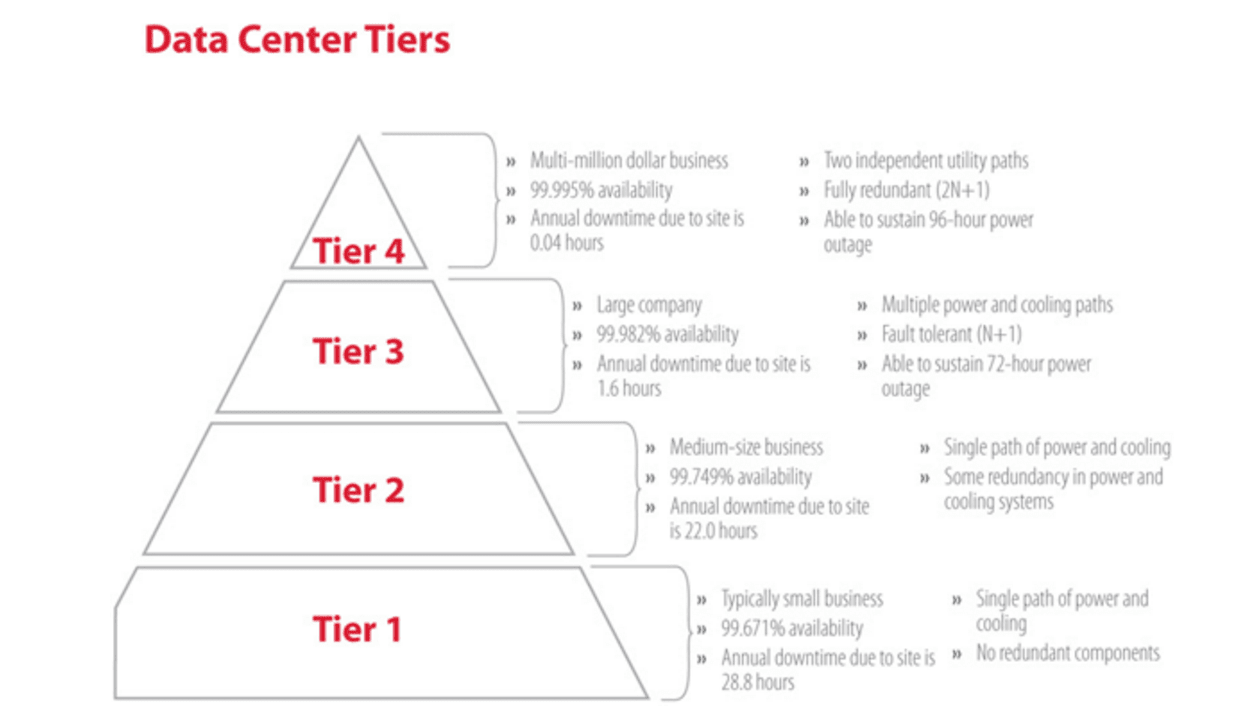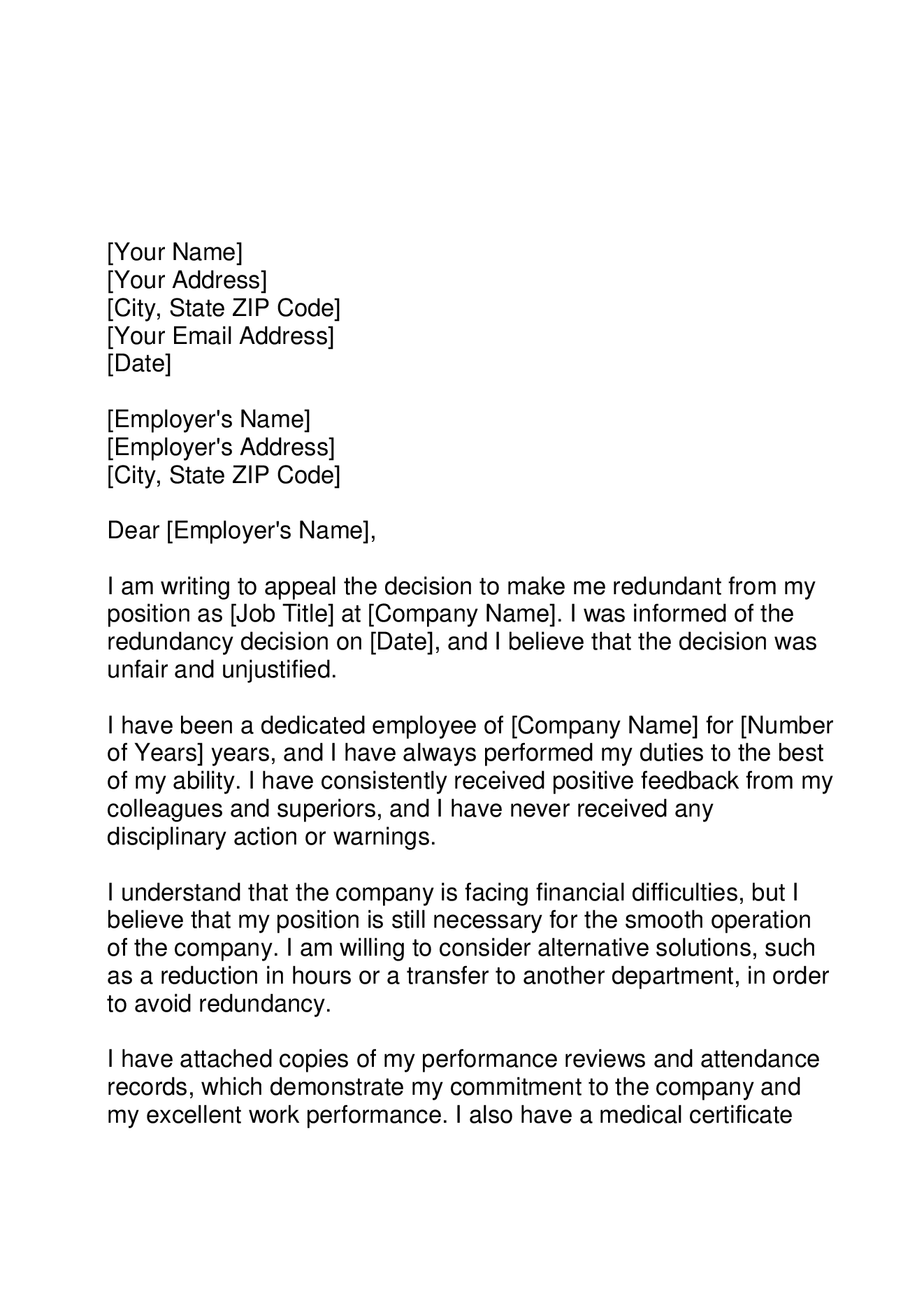If a Company Goes Bust Who Pays Redundancy? Lawful Insights for UK Worker
If a Company Goes Bust Who Pays Redundancy? Lawful Insights for UK Worker
Blog Article
Discovering the Operational Dynamics of Company Redundancy and Its Long-Term Sustainability

Redundancy Techniques for Organization Continuity
In order to ensure nonstop operations, companies have to implement efficient redundancy approaches for business continuity. Redundancy in this context refers to the duplication of essential components or functions within a system to alleviate the influence of potential failures. By integrating redundancy approaches, organizations can enhance their strength versus disruptions triggered by various elements such as all-natural calamities, equipment failings, or cyber-attacks.
One usual redundancy strategy is the implementation of back-up systems and information storage space options. This entails creating duplicates of vital information and systems that can be turned on in instance of a main system failing. Furthermore, companies can develop redundant interaction networks and power resources to preserve connectivity and operations throughout unforeseen events.
Furthermore, cross-training employees to execute multiple duties within the business can work as a beneficial redundancy technique. If essential workers are not available due to disease or other factors, this guarantees that crucial jobs can still be brought out even. Generally, reliable redundancy techniques are essential for services to copyright functional connection and minimize the impact of possible disruptions.
Impact of Redundancy on Business Strength
Offered the important function redundancy strategies play in guaranteeing service connection, discovering the impact of redundancy on business strength becomes imperative for understanding the alternative operational characteristics of a firm. Organizational durability describes an entity's capability to adapt to disruptions, recover from troubles, and change when essential while maintaining core functions. Redundancy, when strategically applied, can substantially add to enhancing an organization's resilience when faced with unanticipated obstacles. By having backup systems, employees, or processes in location, firms can much better stand up to shocks and proceed operations with very little interruption.
In addition, redundancy can foster advancement and creativity within an organization as staff members really feel encouraged to take calculated dangers, knowing that there is a safety net to sustain them in case of failing. Overall, the impact of redundancy on organizational resilience is profound, shaping the long-lasting sustainability and success of a firm.
Balancing Performance and Adaptability in Redundancy
Attaining an unified balance in between operational performance and adaptive flexibility is a critical difficulty in the critical release of redundancy within companies. Efficient operations are essential for maintaining efficiency and cost-effectiveness, making sure that sources are used optimally. Nevertheless, extreme focus on performance alone can lead to rigidness, making it hard for organizations to adapt to unforeseen modifications or obstacles. On the other hand, adaptability enables companies to react nimbly to progressing conditions, promoting advancement and resilience. Yet, way too much versatility without a solid operational structure can result in inadequacies and incongruity.
To stabilize performance and adaptability in redundancy planning, organizations need to thoroughly examine their functional demands, market dynamics, and calculated goals. Carrying out lean methods can enhance performance by eliminating and enhancing procedures waste, while promoting a society of adaptability and continual improvement can enhance versatility. Furthermore, purchasing cross-training programs and robust communication channels can aid cultivate a versatile workforce qualified of dealing with varied tasks throughout durations of change. Eventually, locating the ideal balance in between efficiency and flexibility is crucial for constructing a sustainable and durable company despite unpredictability.
Long-Term Sustainability Via Redundancy Planning
To guarantee long-lasting feasibility and stability, companies must purposefully straighten their redundancy preparation with long-lasting sustainability objectives, thereby harmonizing functional effectiveness with flexible versatility. Long-term sustainability with redundancy planning entails even more than just short-term cost-cutting procedures. It requires an extensive find here calculated approach that expects future obstacles and possibilities. Companies ought to see redundancy not as a responsive service to instant problems yet as an aggressive strategy for lasting success. By integrating redundancy planning with sustainability objectives, organizations can create a resistant structure that can stand up to numerous market fluctuations and inner adjustments.

Positive Procedures for Lasting Firm Procedures
How can companies proactively improve their operational sustainability for long-term success? Carrying out positive steps is crucial for firms aiming to ensure lasting procedures. One crucial technique is to spend in innovation and technology to improve processes, minimize waste, and stay affordable in the marketplace. Adopting lasting techniques such as minimizing energy intake, reducing carbon footprint, and enhancing source usage can not just benefit the environment yet additionally lead to cost savings in the long run.
Additionally, promoting a culture of continuous improvement and understanding within the organization can enhance adaptability to transforming market problems and customer needs. Motivating employee participation in decision-making processes and giving chances for specialist development can increase spirits, efficiency, and general efficiency. Developing clear objectives, keeping an eye on key efficiency indicators, and consistently evaluating progression are important elements of proactive sustainability administration.
Teaming up with vendors, clients, and various other stakeholders to advertise sustainable practices throughout the supply chain can develop a causal sequence of favorable effect - redundancy pay if company goes bust. By taking proactive steps in the direction of functional sustainability, business can construct resilience, drive development, and secure their long-term success in an ever-evolving company landscape
Verdict

In the world of organizational management, the calculated release of business redundancy stands as a critical yet detailed practice that requires a fragile balance between operational performance and long-term practicality. By dissecting look what i found the functional characteristics that underpin business redundancy and assessing its more comprehensive implications for business strength and from this source flexibility, a nuanced understanding of just how redundancy methods can form the future trajectory of a firm begins to unravel.Provided the important function redundancy strategies play in making sure business continuity, discovering the influence of redundancy on business durability ends up being essential for comprehending the holistic operational characteristics of a business. On the whole, the influence of redundancy on organizational strength is profound, shaping the long-term sustainability and success of a company.
In final thought, recognizing the operational dynamics of company redundancy is crucial for guaranteeing lasting sustainability.
Report this page